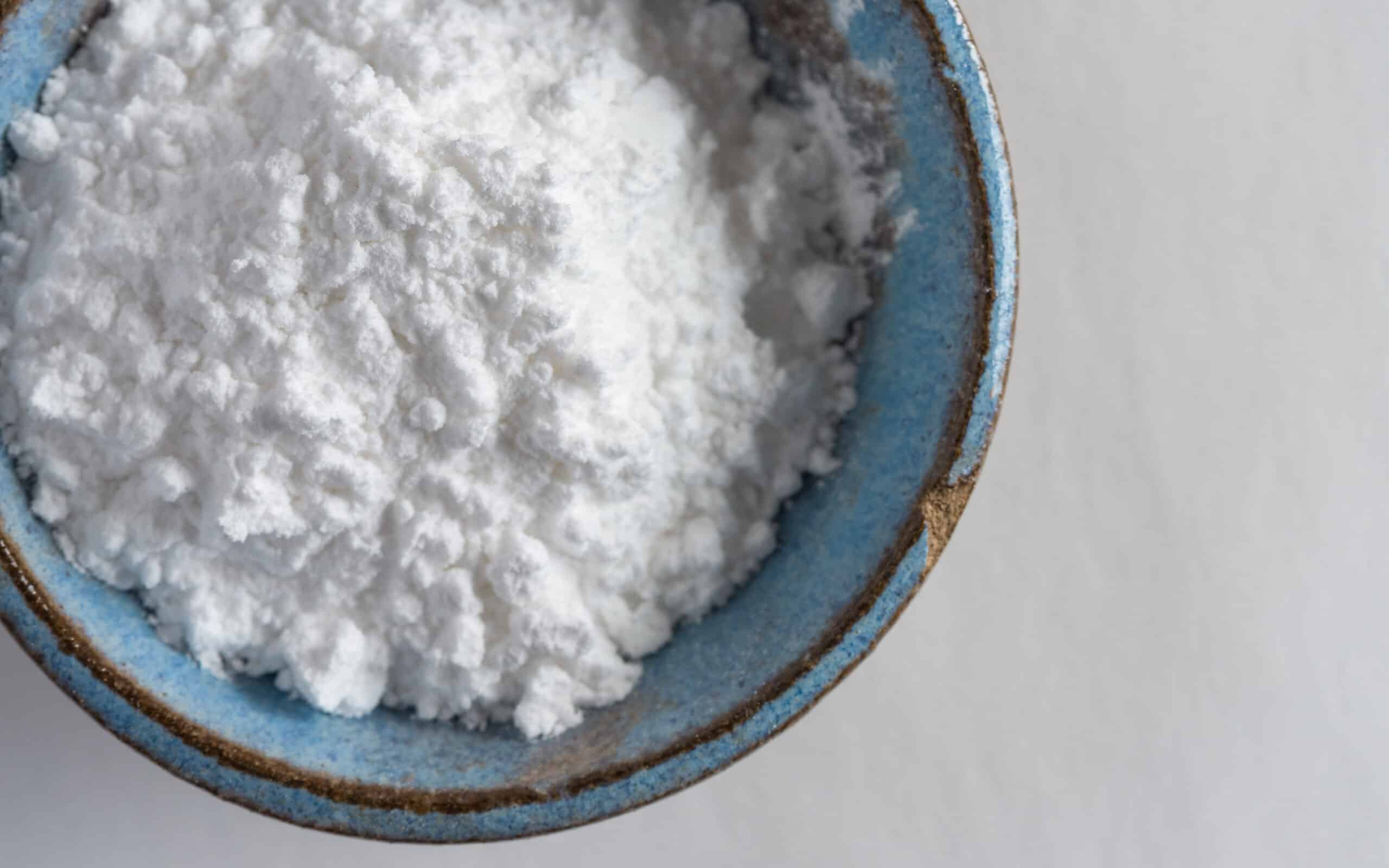Baking powder is a common leavening agent in homes and bakeries. Nonetheless, the cream of tartar is not so, and its past and purpose remain largely obscure. You may be asking what the differences are between the two and whether you can substitute one for the other.
The primary contrast between baking powder and cream of tartar is that baking powder contains cream of tartar. Baking soda and cream of tartar are combined to make baking powder. Notwithstanding their classification as leavening agents, baking soda and cream of tartar exert distinct influences on the air bubbles in baked products.
Let's look at the definitions and applications of cream of tartar and baking powder. Keep reading to find out!
How Cream of Tartar Differs from Baking Powder
Some of the most notable distinctions between cream of tartar and baking powder include;
Recipe
Leavening agents like baking powder come in two varieties: single and double-acting. Baking powders that require a single addition of a liquid to activate are called “single-acting.”
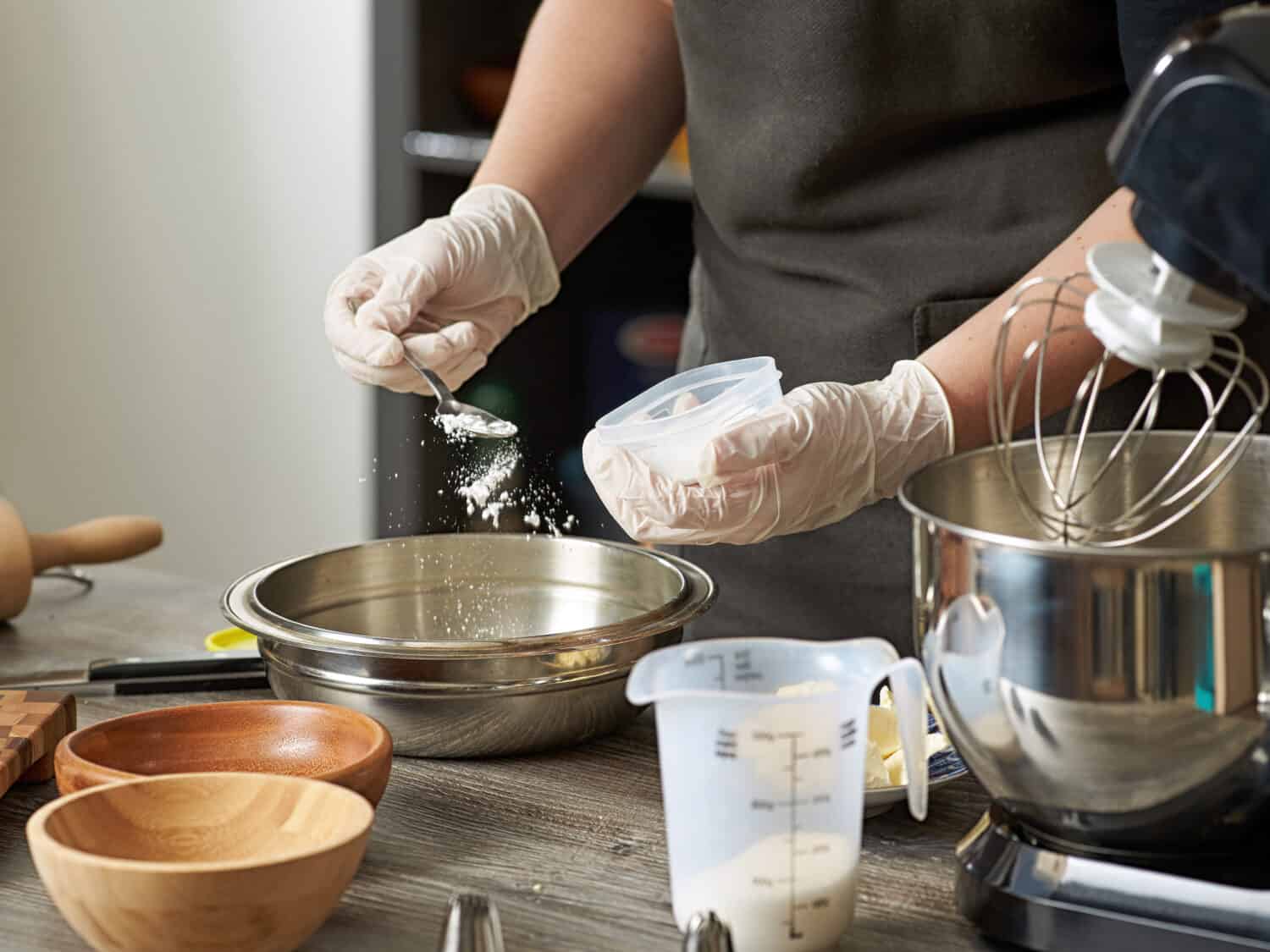
Both cream of tartar and baking powder can be used as leavening agents.
©SergeyKlopotov/Shutterstock.com
And yet, most store-bought baking powders are two-in-one. Dual-functionality baking powder operates through a twofold process: initially, upon mixing it with a fluid and subsequently upon exposure to heat.
Baking powder is essential in various baked treats, such as pies, syrup sponges, cookies, waffles, pancakes, and cakes.
Meringue pies and soufflés necessitate cream of tartar to sustain their buoyant consistency and altitude. You can use cream of tartar to give volume to yeast-free baked goods like pancakes and cookies. Recipes for pancakes and syrup, as well as frostings and icings, turn out smoother.
Use
The cream of tartar acts as a binder. Also, it makes the best meringue and whipped cream when combined with creams or egg whites that have been whipped.
In addition, as you prepare caramel, the sugar begins to crystallize. Well, without the cream of tartar, this would not occur. You can make flawless candies and caramels at home without worrying about the sugar crystallizing.
On the other hand, baking powder helps the batter rise by acting as a substance that causes fermentation. If you use too much baking powder, the cake might not hold its shape properly. On the other hand, if you use too little baking powder, the cake might become too heavy.
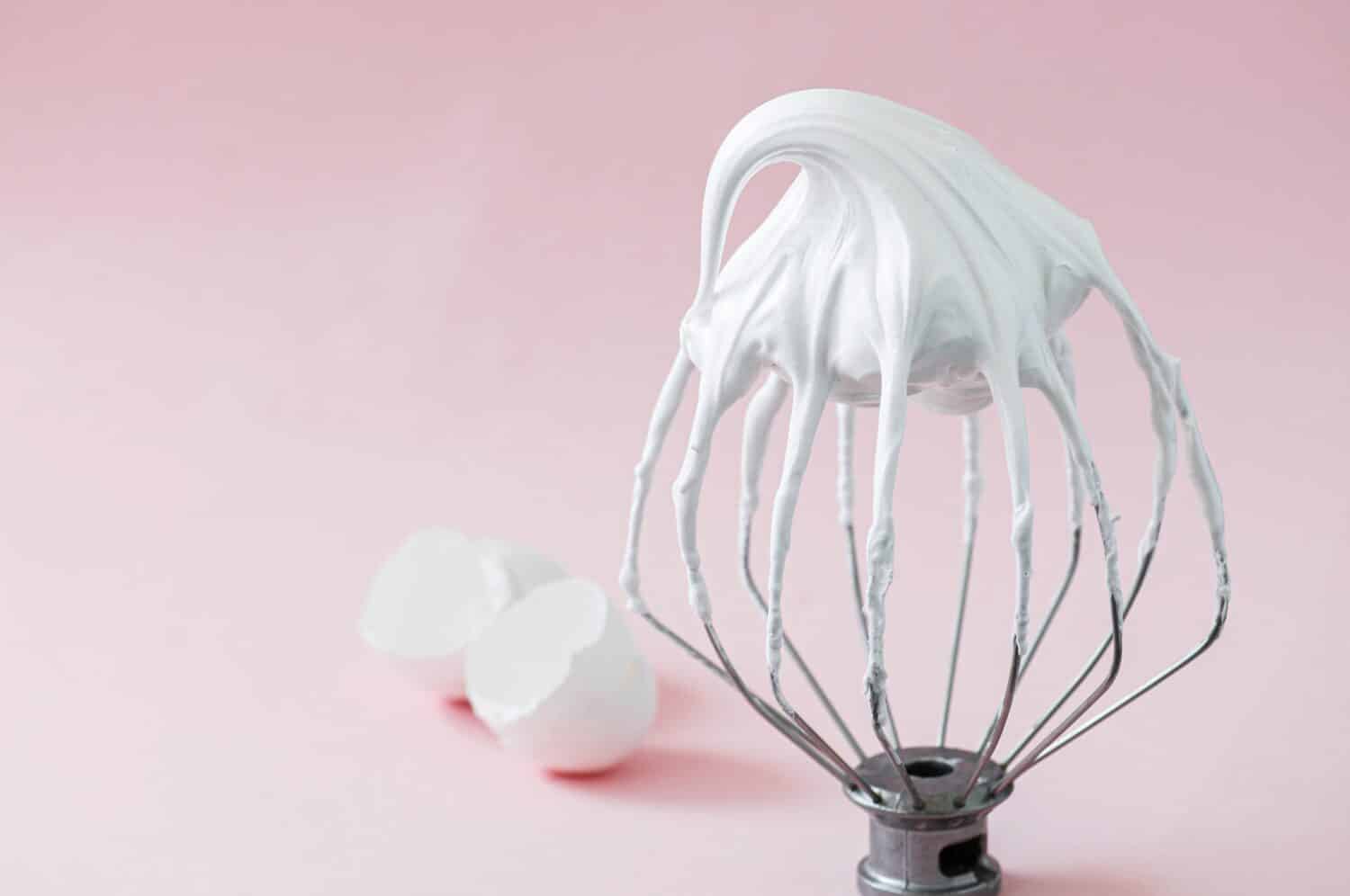
Cream of tartar is useful for making the best whipped cream and meringue!
©Galiyah Assan/Shutterstock.com
In Terms of Nutrition, Which Option is Preferable?
There are fewer calories, less potassium, and more iron and calcium in baking powder. Despite its higher calorie count, cream of tartar is not less healthy than regular baking powder. Cream of tartar's potassium content is the bigger problem.
The potential hazard of hyperkalemia, which refers to the heightened potassium levels in the bloodstream, is the utmost risk linked with single cream of tartar. A modest intake of cream of tartar may alleviate constipation and enhance skin health.
Function
While the cream of tartar is an integral part of baking powder, the two products serve different purposes. Although similar in appearance, their leavening capabilities are distinct. We've outlined each item's applications below.
Cream of Tartar
It enhances the structure of frothy dairy and egg whites. It controls the formation of sugar crystals by regulating their size. The acidity of the fruit lends dishes a distinctive tanginess.
Cream of tartar has several uses beyond the kitchen, including cleaning, deodorizing, and removing stains and rust. In addition, if you add a pinch of it to veggies before boiling them, you will preserve the color.
Baking Powder
Baking powder's purpose is to make batter lighter and fluffier. The final product is always a light and airy cake. As it comprises baking soda and cream of tartar, it functions exceptionally well as a leavening component in baked edibles.
After combining with water, baking powder experiences a chemical reaction that leads to the emergence of carbon dioxide bubbles, serving as a leavening component. Baking powder is vital in the baking process. However, it would be best if you didn't use it to clean.
Shelf-Life
Cream of tartar may deteriorate if kept for a maximum of two years. The potential duration of persistence is five years, contingent upon consistent use.
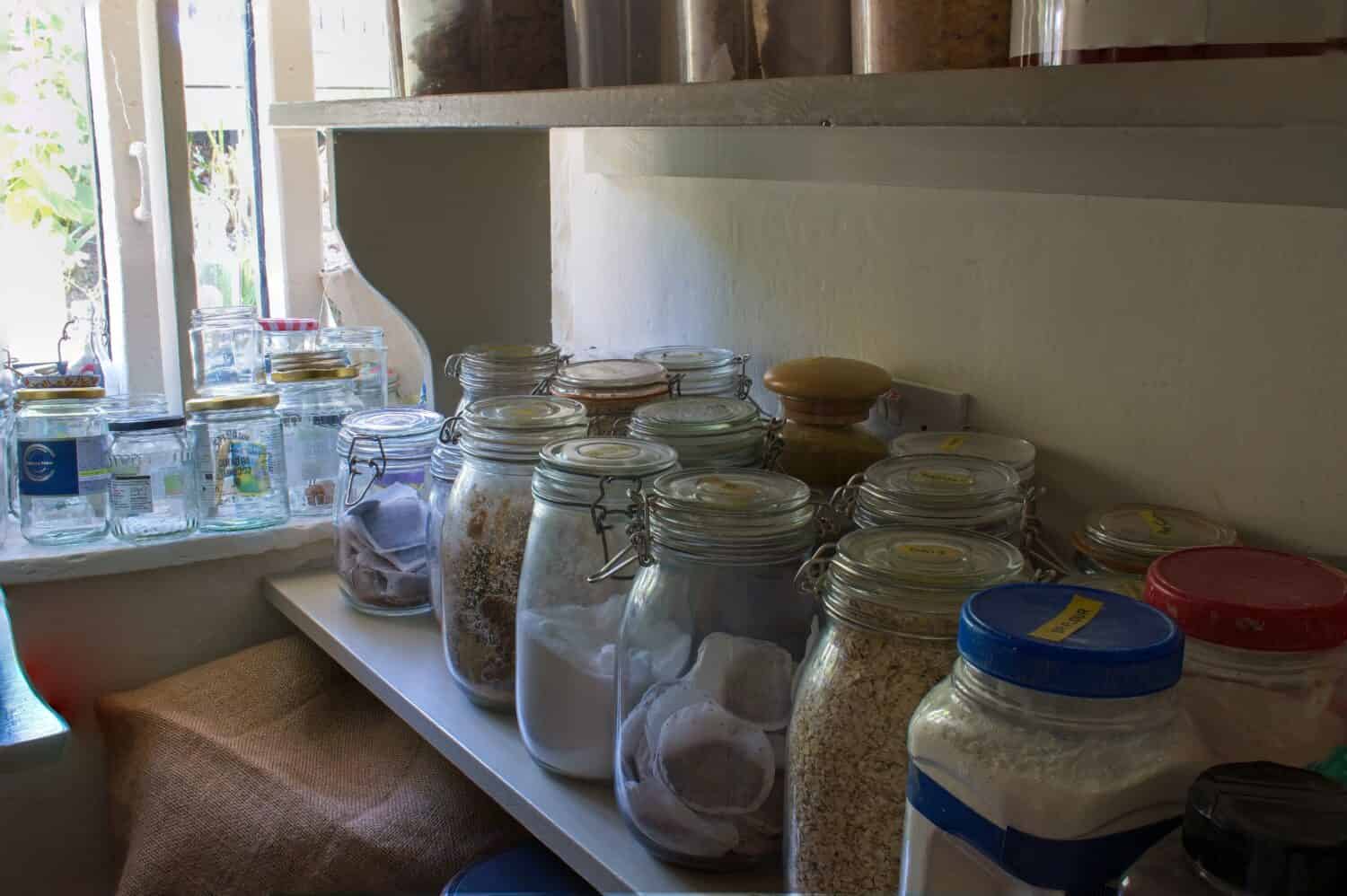
Both leavening agents should be stored in airtight containers away from harmful elements.
©TTL Deez/Shutterstock.com
Baking powder, however, can only be preserved for a duration of two to three years. It is therefore advisable to stick to the expiration date on the label.
Storage
Cream of tartar exhibits moisture sensitivity, and you should store it at ambient temperature. Cream of tartar, when exposed to light and moisture for a prolonged duration, may result in a reduction of its efficacy in baked goods.
Baking powder may deteriorate due to environmental factors such as high temperature, light, or humidity. Incorporating half a teaspoon of baking powder into a skillet containing a cup of water at boiling point is the optimal approach to assess the viability of each of these items. If effervescence persists in the baking powder, it remains viable for use; otherwise, you should discard it.
If you suspect your baking powder is expired, try this simple test instead of jeopardizing the outcome of your cake recipe. Both cream of tartar and baking powder ought to be kept in a cool, dry place, away from the direct beams of the sun, and enclosed out of reach.
Can Substitution of Baking Powder and Cream of Tartar Be Interchanged?
Baking soda and baking powder are interchangeable. Instead of one teaspoon of cream of tartar, you can replace it with one and a half teaspoons of baking powder. You can incorporate this into any recipe without compromising the flavor or consistency.
You can substitute cream of tartar with comparable components like freshly squeezed lemon juice, white vinegar, yogurt, or buttermilk.
Reminder: You need to add baking soda when substituting cream of tartar for baking powder. You can synthesize baking powder by mixing half a teaspoon of cream of tartar with a quarter teaspoon of baking soda.
Try adding a quarter teaspoon of cornstarch for refrigeration longevity. Including cornstarch in baking powder is unnecessary, as cornstarch prevents moisture absorption.
During the Baking Process, Is It Possible to Exclude the Use of Baking Powder or Cream of Tartar?
Baked goods with baking powder will retain their flavor, albeit without the necessary chemical reactions for leavening, resulting in a lack of rising.
The lack of cream of tartar yields identical outcomes. Despite the less-than-ideal fluffiness of your baked items, their taste will remain delectable. During meringue formation, note that the apexes have the potential to collapse.
In What Situations Is the Use of Baking Powder as Opposed to Cream of Tartar Recommended?
To prepare meringues or angel food cake, try whipping up the egg whites in conjunction with cream of tartar. By functioning as a stabilizer, it enhances the moisture and air retention capabilities of the egg whites. The substance is a stabilizer in egg whites.
Cream of tartar has versatile applications beyond the realm of baking! You can use it to preserve the color of specific vegetables during steaming or cooking. Achievement of this objective is made possible by the pH reduction of the aqueous medium used for cooking. Baking powder is a multi-purpose leavening agent that has a broad range of applications in various baked items.
Cream of Tartar, What Exactly is Its Nature?
Cream of tartar can be found in the spice section of your nearby grocery store, appearing as a fine white powder—potassium bitartrate as an acidic waste byproduct of wine manufacturing.
Cream of tartar functions as a leavening agent when combined with a solid or liquid base. The coming together of an acidic substance and a primary substance (such as sodium bicarbonate) enables the production of carbon dioxide gas, which causes your favorite baked treats to rise. Stabilization of egg whites is achievable by using cream of tartar, which promotes the development of robust peaks in the meringue.
Possible Substitute Choices for the Cream of Tartar
Considering your current skill level, you may want to try using any of these alternatives to cream of tartar.
Lemon Juice
Without cream of tartar, lemon juice is an appropriate substitute for leavening in any recipe. For optimal functionality, apply a quantity of lemon juice that is twice that of the cream of tartar. The flavor profile shall undergo alteration, yet in 90% of instances, the added lightness shall be pleasing to your senses.
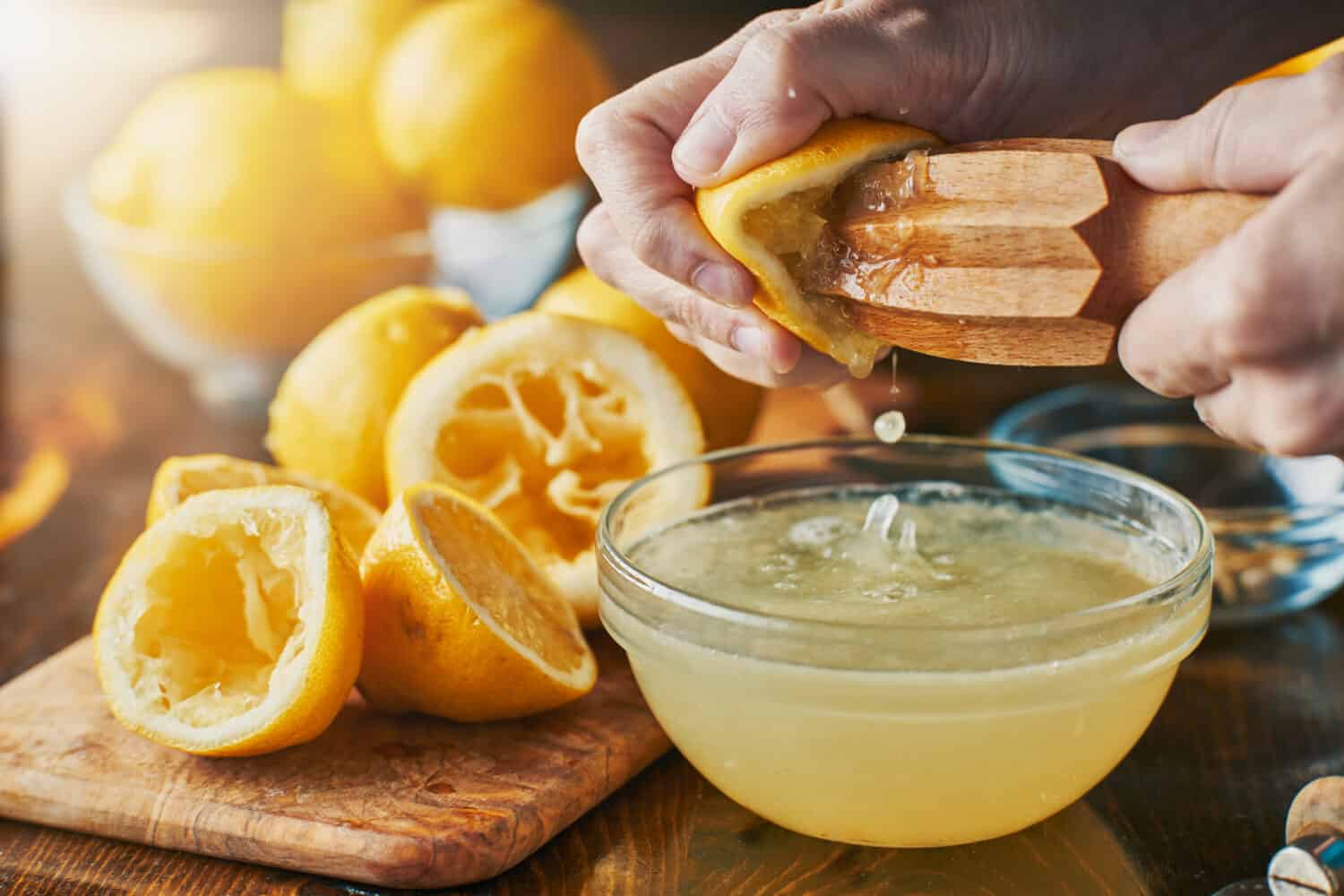
Lemon juice as a substitute for cream of tartar yields amazing results!
©Joshua Resnick/Shutterstock.com
Buttermilk
Although buttermilk can be an alternative to cream of tartar in certain mixtures (such as pancakes and biscuits), the substitution procedure may present some difficulties. To replace a quarter teaspoon of cream of tartar with buttermilk, a reduction in the additional liquid in the blend is necessary.
Pure Vinegar
Utilizing distilled vinegar as a substitute for an egg stabilizer can yield desirable outcomes. The proportionality between vinegar and cream of tartar is precisely 2:1. Substituting it for the cream of tartar, a leavening agent, could modify the flavor and consistency.
Yogurt
The proportion of yogurt to the rest of the components is identical to that of buttermilk. Nevertheless, it might be necessary to add water to attain the appropriate density of the batter.
What is Baking Powder?
Baking powder is a leavening agent in most baked goods which belongs to the alkali group. You can use cornstarch or rice flour as a filler because of its impressive ability to absorb liquids.
When you add liquid to the powder, it becomes activated and produces carbon dioxide and bubbles, causing the mixture to expand. Once the moist and dry ingredients are combined, you should make the resulting cake batter promptly.
Baking soda is a constituent of the baking powder. This mixture comprises baking soda, cream of tartar (a desiccated acid), and on occasion, cornstarch. In recent times, the standard practice involves using double-acting baking powder.
The initial rising process occurs upon mixing the dehydrated and aqueous constituents, as observed using leavening agents like baking powder. (Due to the activation of baking powder, you cannot prepare specific recipes beforehand or bake subsequently.) Heating of baking powder leads to secondary leavening.
When a recipe omits the need for additional acidic components, baking powder is an excellent alternative due to its inherent acid content that counteracts its baking soda-identical to saccharine biscuits. The converse can be valid as well. If your formula necessitates an acidic constituent, baking powder can still serve as the leavening agent.
If you’d like to prepare cake with lemon and blueberry, you may want to put this into perspective. The formulation of the lemon cake is a modified version of a vanilla cake result. To enhance moisture and taste, you may opt for buttermilk (an acidic substance) instead of whole milk and brown sugar (another acidic substance) instead of granulated sugar. The cake's outcome is as anticipated, exhibiting satisfactory elevation and taste, thus rendering any trials with baking soda unnecessary.
How Come Certain Recipes Need Both?
If the determination lies solely on the presence of an acidic component in a recipe, then the reason for the commotion surrounding the appropriate employment of cream of tartar versus baking powder remains unclear. Additionally, the rationale behind certain recipes mandating the usage of both substances remains a mystery.
The fact of the matter is that the intricacies of reality are more elaborate than anticipated. In one scenario, the amalgamation of baking soda and acid does not solely generate carbon dioxide. It performs acid neutralization, elevating the pH level and rendering the batter more alkaline. The implementation of this technique reduces the sharp taste of components such as citric acid and fermented apple juice, resulting in a decreased sharpness in the final dish.
Excessive addition of cream of tartar may result in an undesirable soap-like taste in the recipe. Inadequate, right? The optimal balance between acid and sodium bicarbonate is crucial in baking recipes to achieve the desired level of fluffiness. Typically, the scenario involves carbonated beverages combined with a granular substance.
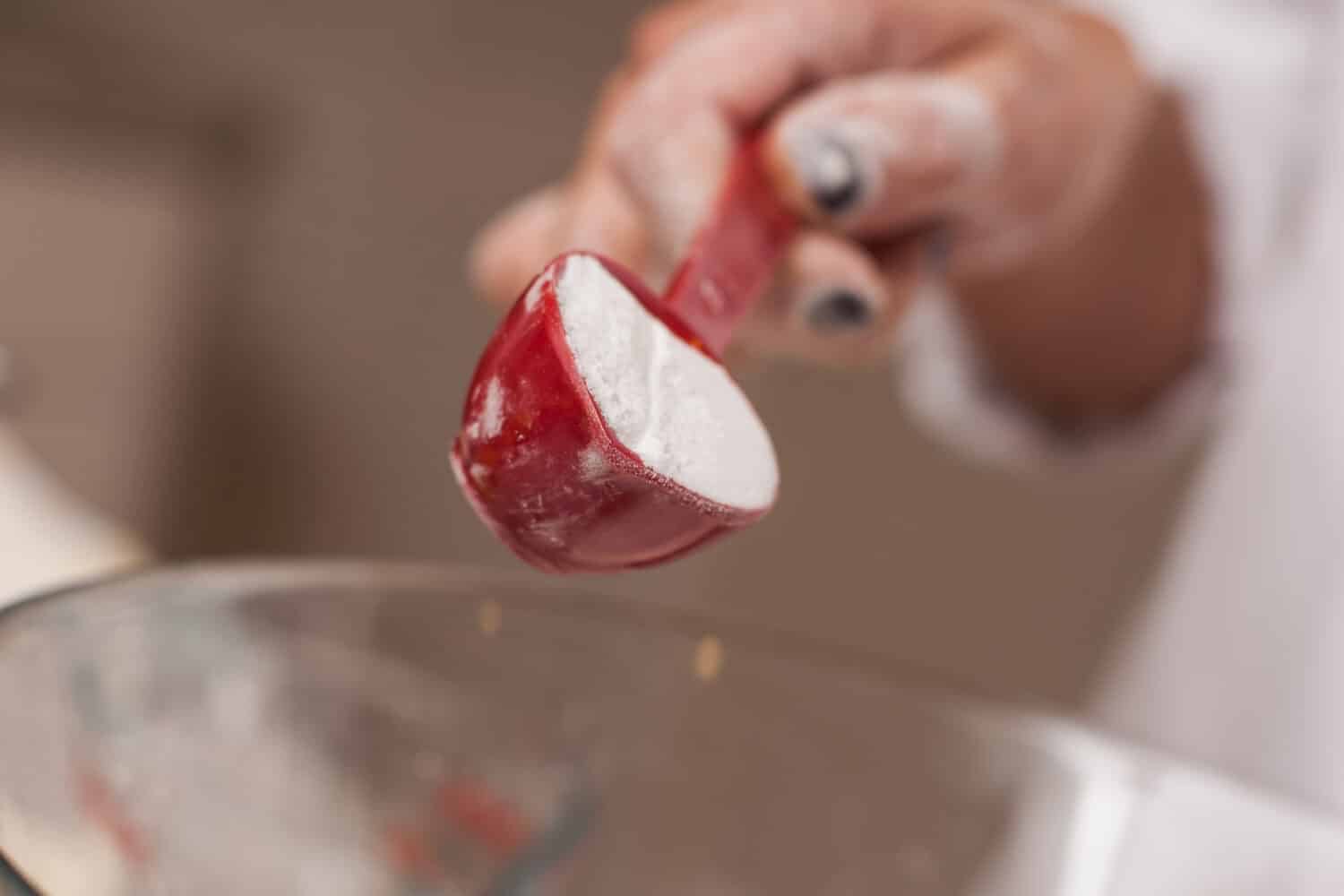
Adding the right amount of leavening agent ensures the pleasant taste of your baked item.
©Patrick T. Power/Shutterstock.com
How to Substitute
Baking powder can be a viable alternative to cream of tartar in various recipes. The rise may require up to four times the amount of baking powder. A dish baked with a significant amount of baking powder may result in a bitter taste, subject to the recipe.
The substitution of cream of tartar for baking powder can be achieved by adding the acid quantity in the formula, although this may potentially modify the gustatory and tactile properties of the baked item. Due to its increased potency, you would use less cream of tartar.
Beware! There Is a Time Limit!
To guarantee that baking powder and cream of tartar are always at peak freshness for use in recipes, replenish them every three months. Always write the date on the bottom of the storage container. You should probably test your baking powder and cream of tartar before using them if you aren't a baking addict/freak.
Testing Baking Powder
In a small bowl, combine three tablespoons of baking powder with warm water to see if it works. Stir it around very slightly. If the powder is fresh, the mixture should bubble only slightly. Toss the baking powder into the trash and get a new box if there is no reaction.
Testing for Cream of Tartar
Put three tablespoons of white distilled vinegar into a test basin. Add a half-teaspoon of cream of tartar. Stir it around very slightly. Fresh cream of tartar will cause the mixture to bubble vigorously. In the event of the absence of alteration, try getting a new container of potassium bitartrate.
Conclusion
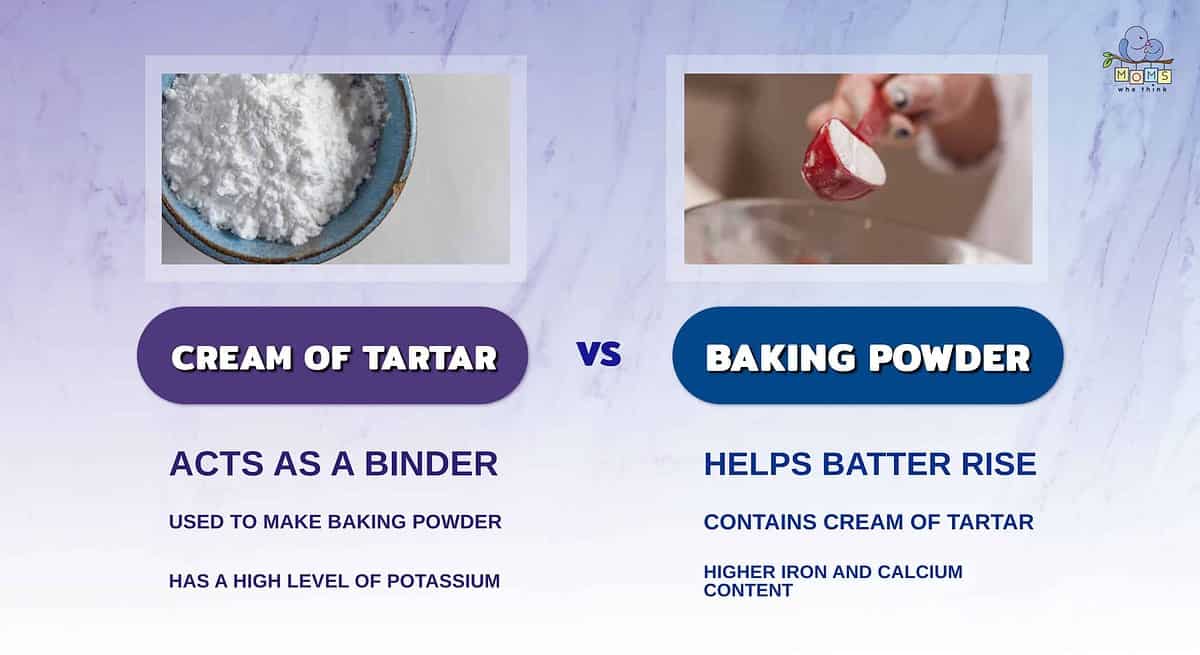
- Cream of tartar acts as a binder, making it excellent for making meringue. Baking powder helps batter rise, ensuring that it ends up fluffy and properly-shaped.
- Baking powder actually contains cream of tartar, along with baking soda.
- One of cream of tartar's downsides is that it contains a high level of potassium, meaning that it should definitely be consumed in moderation. Baking powder contains more iron and calcium than cream of tartar.
Observations suggest that the direct contrast between baking powder and cream of tartar is that the former comprises baking soda, whereas the latter does not. As leavening agents, their use is pretty much the same.
However, cream of tartar's primary function is not just to introduce air into the dough. This powder serves a dual purpose as a stabilizer and anti-crystallization agent for sugar. While the cream of tartar has more uses, it isn't the healthiest option. It's a better source of potassium and contains more calories than baking powder. Your baked goods will be fantastic no matter which one you decide to use.
Take a look at this peanut butter cake recipe:
Print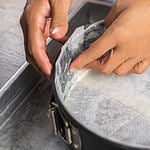
Peanut Butter Cake
Ingredients
Cake Ingredients:
1 cup all-purpose flour
1 cup plus 2 Tablespoons sugar
3 1/2 teaspoons baking powder
1 teaspoon salt
2 cups graham cracker crumbs
3/4 cup peanut butter
1/2 cup shortening
1/2 cup semi-sweet chocolate chips (optional)
1 cup plus 2 Tablespoons milk
1 teaspoon vanilla extract
3 eggs
Frosting Ingredients:
2 cups confectioners' sugar
2 Tablespoons cocoa
8 Tablespoons (1 stick) butter
1/3 cup heavy cream
1/2 cup peanuts, salted
2 teaspoons vanilla extract
Instructions
1. Preheat oven to 375 degrees F if baking with a metal dish; 325 degrees F if using a glass dish.
2. Sift flour, sugar, baking powder, and salt together. Add graham cracker crumbs, peanut butter, chocolate chips (if using), shortening, milk, and vanilla.
3. Beat mixture with electric mixer on low until moistened, and then beat on medium for 2 minutes.
4. Add eggs and beat for 1 minute. Bake in greased 9-inch by 13-inch pan for 30 to 35 minutes. Do not remove from pan to cool.
Frosting Directions:
1. Mix all of the ingredients together. Pour into a saucepan and bring mixture to a boil.
2. Boil for 1 minute. Cool slightly.
3. With a wooden spoon handle, poke a few holes in the cake, and then pour the warm frosting over it.
The image featured at the top of this post is ©Michelle Lee Photography/Shutterstock.com
